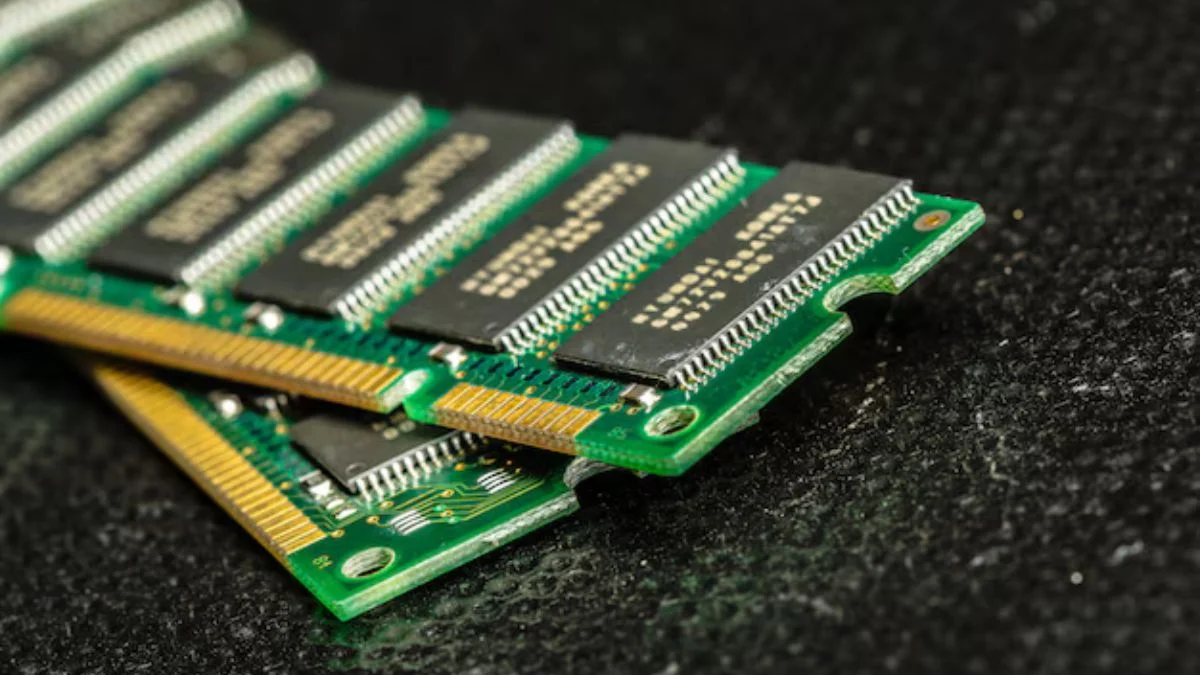TECHNOLOGY
PS1 US BIOS: Essential Firmware for PlayStation 1 Emulation

The PS1 US BIOS acts as an essential firmware component which enables proper operation of the Sony PlayStation 1 (PS1) system throughout the North American (NTSC-U) territory. The system program handles the initiation of hardware components and controls game operations while providing support for regional-exclusive games. The PlayStation console contains the BIOS embedded inside itself because this software enables the system startup while controlling game execution and save data management. The emulation environment requires this component because it provides identical functionality to the original PlayStation console which enables smooth gameplay of PS1 games on contemporary devices.
Commonly Used PS1 US BIOS Files
Several BIOS versions exist for PlayStation 1, but the most widely used ones for the NTSC-U region include:
- bin : The most popular BIOS file, often preferred for emulation due to its compatibility.
- bin : A later version that offers slight improvements in system stability.
- bin : A newer revision with minor performance optimizations.
Each version differs slightly in functionality, but they all serve the same fundamental purpose: ensuring the PS1 US BIOS console or emulator functions correctly.
Importance of PS1 US BIOS in Emulation
The PS1 US BIOS is essential for running PlayStation games on emulators such as ePSXe, DuckStation, RetroArch, and PCSX-R. Without the correct BIOS, these emulators may experience compatibility issues, glitches, or performance problems. The BIOS helps to maintain an authentic PlayStation experience by handling system functions like game loading, memory card access, and CD-ROM verification. Since emulators aim to recreate the PS1 environment, using the correct BIOS ensures accurate emulation, providing smoother gameplay and fewer crashes.
Legal Considerations: How to Obtain a PS1 US BIOS
BIOS files are copyrighted by Sony, meaning downloading them from unauthorized sources is illegal. However, users can legally extract the BIOS from their own PlayStation console using specialized hardware or software tools. To remain compliant with copyright laws, PS1 US BIOS is recommended to dump the BIOS from a personally owned PS1 rather than obtaining it from third-party websites. Some emulator developers also offer BIOS alternatives, like HLE (High-Level Emulation), but these may not provide full compatibility with all games.
How to Verify a PS1 US BIOS File
To ensure the authenticity and integrity of a PS1 BIOS file, users often check its MD5 checksum a unique identifier for verifying file correctness. Popular tools for this verification include:
- WinMD5 (Windows)
- MD5 Checker (Mac)
- SHA256sum (Linux)
For instance, the correct MD5 hash for scph1001.bin is 924e392ed05558ffdb115408c263dccf. If a BIOS file does not match the expected checksum, it may be corrupted or tampered with, potentially causing issues during emulation.
Setting Up PS1 US BIOS in Emulators
Once a legal BIOS file is obtained, users need to configure it within their chosen emulator. The process generally involves:
- Placing the BIOS file in the designated folder (e.g., bios folder in ePSXe or DuckStation).
- Configuring the emulator settings to recognize and use the BIOS.
- Testing a game to ensure everything functions properly.
Many emulators also support multiple BIOS versions, allowing users to switch between them for different games.
PS1 US BIOS and Compatibility with Games
Using an authentic PS1 US BIOS improves compatibility with a wider range of games. Some titles require specific BIOS versions to function correctly. For example:
- Final Fantasy VII may experience sound issues without the correct BIOS.
- Gran Turismo 2 performs better with scph1001.bin due to improved CD-ROM handling
- Tekken 3 runs more smoothly with later BIOS versions like scph5501.bin.
These minor differences make it important for gamers to test multiple BIOS files to determine the best one for their favorite titles.
Alternatives to PS1 US BIOS: HLE Emulation
Some PlayStation emulators offer a High-Level Emulation (HLE) option, which attempts to mimic the BIOS without requiring an actual file. While convenient, HLE BIOS lacks full compatibility and may cause:
- Missing animations or sound effects in some games.
- Crashes during loading screens or cutscenes.
- Memory card errors preventing saved games.
For the best emulation experience, it is always recommended to use a real BIOS file instead of relying on HLE emulation.
PS1 US BIOS and Modern PlayStation Emulation
With advances in PS1 emulation, modern emulators like DuckStation and RetroArch have optimized BIOS’s handling, providing enhanced graphics, smoother frame rates, and widescreen support. Features such as:
- Internal resolution scaling (up to 4K)
- Shader enhancements for improved visuals
- Save states for instant game progress saving
All contribute to making PS1 games more accessible and enjoyable on current devices.
Conclusion
The PS1 US BIOS is an integral component for both hardware and software emulation, ensuring smooth gameplay, better compatibility, and an authentic PlayStation experience. Whether playing on an original PlayStation console or using an emulator, having the correct BIOS version can make a significant difference in performance and game stability. For legal and optimal use, PS1 US BIOS is always recommended to extract the BIOS from an original console rather than downloading it from third-party sources.
-

 BIOGRAPHY7 months ago
BIOGRAPHY7 months agoBehind the Scenes with Sandra Orlow: An Exclusive Interview
-

 HOME1 year ago
HOME1 year agoDiscovering Insights: A Deep Dive into the //vital-mag.net blog
-

 HOME1 year ago
HOME1 year agoSifangds in Action: Real-Life Applications and Success Stories
-

 BIOGRAPHY1 year ago
BIOGRAPHY1 year agoThe Woman Behind the Comedian: Meet Andrew Santino Wife




























